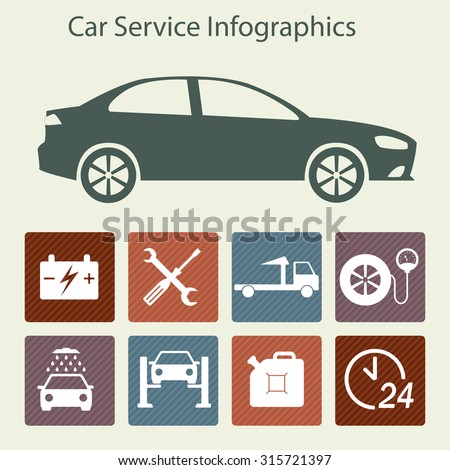Comprehending The Relevance Of Your Auto'S Warning Signals: What They Really Represent
Comprehending The Relevance Of Your Auto'S Warning Signals: What They Really Represent
Blog Article
Article Created By-Hartley Forbes
When you lag the wheel, those glowing caution lights on your control panel can be a little bit puzzling. Do you know what they're attempting to tell you concerning your automobile's health and wellness? Understanding mouse click the following article of these lights is crucial for your safety and security and the longevity of your car. So, the next time among those lights turns up, would not you want to decipher its message properly and take the required actions to address it?
Common Warning Lights and Interpretations
Determine common warning lights in your automobile and understand their significances to make certain safe driving.
The most common caution lights consist of the check engine light, which indicates problems with the engine or emissions system. If this light begins, it's essential to have your vehicle inspected without delay.
The oil pressure cautioning light suggests low oil pressure, needing immediate focus to prevent engine damages.
A flashing battery light could recommend a defective charging system, possibly leaving you stranded if not attended to.
The tire pressure surveillance system (TPMS) light informs you to low tire stress, impacting lorry stability and fuel performance. Disregarding this can bring about harmful driving problems.
The ABS light shows a trouble with the anti-lock stopping system, jeopardizing your ability to stop promptly in emergency situations.
Finally, the coolant temperature cautioning light warns of engine getting too hot, which can cause severe damages otherwise dealt with swiftly.
Comprehending these usual warning lights will help you attend to issues without delay and maintain risk-free driving conditions.
Significance of Prompt Focus
Understanding the usual warning lights in your car is just the first step; the significance of quickly resolving these cautions can not be emphasized enough to ensure your security when traveling.
When a caution light brightens on your control panel, it's your vehicle's method of connecting a prospective concern that requires interest. Neglecting these warnings can lead to much more extreme problems later on, jeopardizing your security and potentially costing you more out of commission.
Prompt attention to cautioning lights can protect against failures and crashes. For instance, a flashing check engine light could suggest a misfire that, if left ignored, could cause damages to the catalytic converter. Resolving this immediately can save you from an expensive fixing.
Similarly, a brake system cautioning light may indicate low brake liquid or worn brake pads, critical parts for your security when driving.
DIY Troubleshooting Tips
If you observe a caution light on your control panel, there are a couple of do it yourself fixing tips you can attempt before looking for professional help.
The first step is to consult your automobile's guidebook to recognize what the details warning light shows. Occasionally the problem can be as simple as a loose gas cap setting off the check engine light. Tightening the gas cap may resolve the problem.
An additional typical problem is a reduced battery, which can activate various cautioning lights. Checking the battery connections for corrosion and ensuring they're secure might take care of the issue.
If a caution light continues, you can attempt resetting it by separating the vehicle's battery for a few minutes and then reconnecting it. Furthermore, checking https://communityimpact.com/houston/conroe-montgomery/impacts/2022/02/02/legacy-auto-repair-to-celebrate-1-year-anniversary-in-conroe/ , such as oil, coolant, and brake liquid, can assist troubleshoot advising lights associated with these systems.
Final thought
In conclusion, recognizing your automobile's caution lights is important for maintaining your car running efficiently and safely. By without delay addressing these signals and recognizing what they mean, you can stay clear of pricey repair services and possible failures.
Keep in mind to consult your car's guidebook for certain information on each cautioning light and take action accordingly to make sure a trouble-free driving experience.
Keep informed, stay safe when driving!
